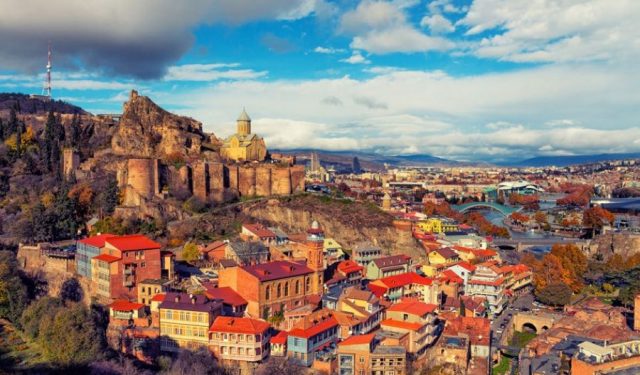Europa Nostra, the European voice of civil society committed to cultural and natural heritage, and its partner organization, the European Investment Bank Institute, have announced the 12 most threatened heritage sites in Europe shortlisted for the 7 Most Endangered program 2021.
The article published on the Program’s official website lists the Narikala Fortress in Tbilisi among the seven most endangered cultural heritage sites in Europe.
The list includes the following heritage sites:
Achensee Steam Cog Railway, Tyrol, AUSTRIA
Modern Theatre, Sofia, BULGARIA
Cemetery Complex of Mirogoj, Zagreb, CROATIA
Church of Saint-Denis, Hauts-de-France, FRANCE
Narikala Fortress, Tbilisi, GEORGIA
Green Space System, Cologne, GERMANY
Five Southern Aegean Islands, GREECE
The Giusti Garden, Verona, ITALY
The Ca’ Zenobio Palace, Venice, ITALY
Dečani Monastery, KOSOVO*
Central Post Office in Skopje, NORTH MACEDONIA
San Juan de Socueva Chapel and Hermitage, Cantabria, SPAIN
Regarding the Narikala Fortress, the article reads:
“The Narikala Fortress is one of Tbilisi’s most prominent heritage sites and is one of the oldest historical monuments in Georgia. It forms part of an historical trade route between Europe and Asia (the Silk Road).
“The first mention of the fortress in Georgian historical records dates from the late 4th century. Later additions were made to the fortress in the 7th and especially in the 11th centuries. In 1827, an earthquake destroyed the inner part of the fortification and severely damaged the external walls.
“Today, the fortress is at risk of collapse, mainly due to lack of maintenance, hydrogeological issues in the area and general decay. In addition, a high-capacity cable car, built in 2012, has increased visitor access twofold, which in turn has increased the pressure of tourism on the site.
“The Tbilisi Development Fund, with the consent of Tbilisi City Hall and with the support of the Georgian Arts and Culture Centre (GACC), nominated the Narikala Fortress to the 7 Most Endangered Program 2021.”
“Any new use of the Narikala Fortress must be rigorously planned and controlled, prioritizing the recovery of the remains of historical structures and the consolidation of archaeological vestiges,” noted the Advisory Panel.
Read the full article here.
By Ana Dumbadze














